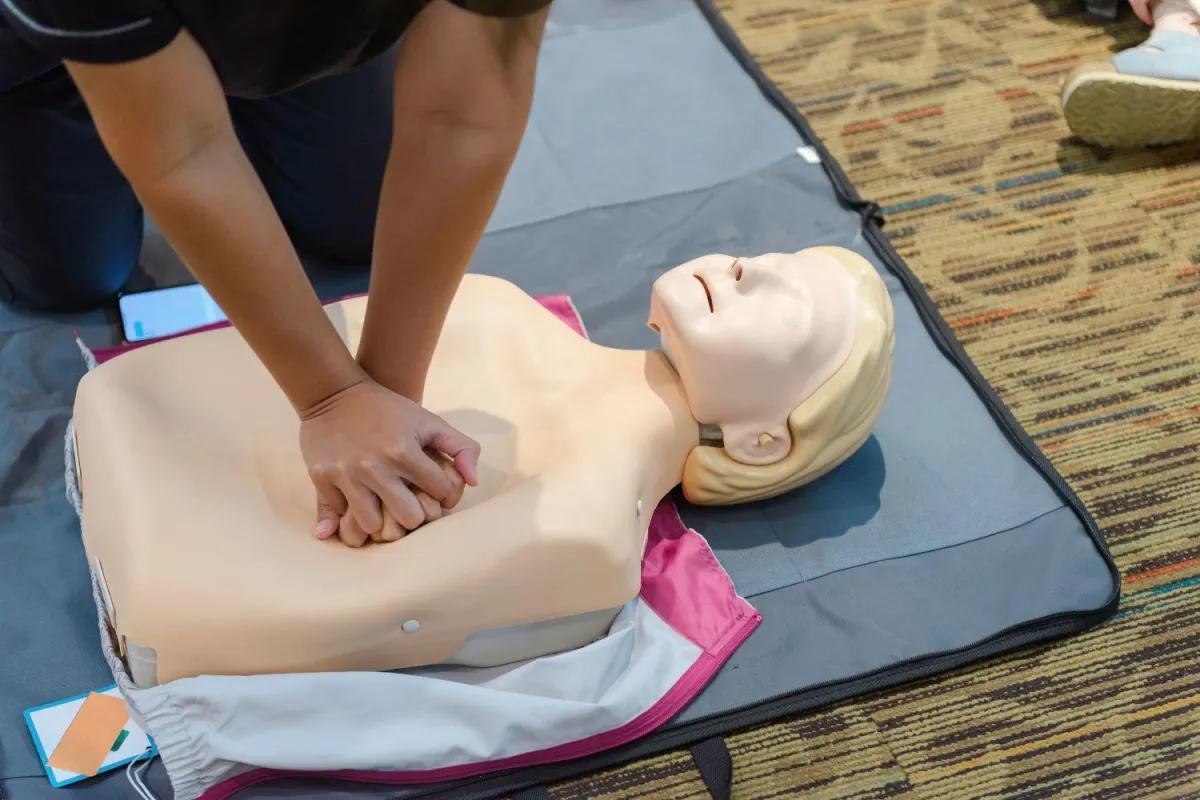
Simple First Aid Skills Everyone Should Know
First aid skills are crucial for everyone, helping us handle emergencies calmly and efficiently. Knowing how to act in a crisis not only aids the injured, but also provides a sense of empowerment. These basic skills can transform you into a helpful resource, able to make a real difference when challenges arise.
Teaching these skills to children and adults alike fosters a community that can care for one another. The more people know how to act, the safer we all become. This article explores foundational first-aid techniques everyone should master, equipping you to address common medical situations confidently and effectively.
Understanding CPR Basics
CPR, or cardiopulmonary resuscitation, is a vital skill everyone should know. It plays a crucial role in saving lives during cardiac emergencies by maintaining blood flow to key organs. Understanding the basic steps of CPR can make a significant difference when someone experiences a cardiac arrest. It helps preserve brain function until professional medical aid arrives, effectively increasing survival chances.
The basic steps of CPR are straightforward and easy to remember. Start by checking the scene for safety and then see if the person is responsive. Call 911 immediately or ask someone else to do so. Begin chest compressions by placing your hands in the center of the chest and pushing hard and fast at a rate of about 100 to 120 compressions per minute; if you’ve been trained, alternate with rescue breaths. Tilt the person's head back slightly, pinch their nose shut, and give two breaths, each over one second. Repeat the cycle of 30 compressions and two breaths until professional help arrives or the person shows signs of life.
Being familiar with CPR builds confidence in handling emergencies. It empowers you to act quickly and effectively, knowing you can help someone in dire need.
Assessing the Situation
When you encounter someone who might need CPR, it's key to figure out the situation quickly. Knowing the signs of a cardiac arrest helps you decide if CPR is necessary and prevents any delay in giving aid. Identifying these signs can be the first step toward saving a life.
Look for these key signs of cardiac arrest:
1. Sudden Collapse: The person has unexpectedly fallen and isn't moving.
2. Unresponsive: There's no response when you try to wake them by calling out or shaking their shoulder.
3. No Breathing or Abnormal Breathing: The person isn’t breathing, or their breathing sounds unusual, like gasping or snoring.
If you notice these signs, it's time to act swiftly. Call emergency services immediately and be ready to start CPR if you’re trained. If someone is with you, have them stay with the dispatcher to provide updates and additional details. Acting quickly in the face of cardiac arrest increases the likelihood of a positive outcome and ensures the person receives the assistance they need as soon as possible.
Common Situations Requiring First Aid
Accidents happen, and knowing how to handle common emergencies with first aid can make a huge difference. Whether it's a minor or more severe incident, being prepared and acting quickly helps prevent further injury and distress.
One frequent scenario is burns, which can occur in the kitchen or outdoors. For minor burns, such as touching a hot surface, cool the burn under running water for at least 10 minutes, then cover it with a clean, non-fluffy cloth. Seek medical help for more serious burns where skin blisters or chars.
Choking is another critical situation. For someone who is choking but still able to cough, encourage them to keep coughing to dislodge the object. If they stop breathing, give five back blows between the shoulder blades with the heel of your hand, followed by abdominal thrusts (Heimlich maneuver). Call for help if the object doesn’t come out quickly.
Allergic reactions can be life-threatening if they cause anaphylaxis, where the person can't breathe. Signs include swelling, difficulty breathing, and a rash. If available, use an epinephrine injector immediately and call for emergency help while monitoring the person's condition.
Each situation requires calm, decisive actions that can turn a scary moment into one handled effectively, minimizing harm and potentially saving lives.
Practicing and Refreshing First Aid Skills
Keeping your first aid skills sharp is crucial to staying prepared for emergencies. Regular practice ensures you're ready when a real-life situation arises. Consistent practice helps reinforce skills, making them second nature.
You can practice at home by setting up scenarios and walking through what you would do. Use family or friends to help simulate situations like dealing with a cut or performing CPR on a pillow or manikin. Make these practice sessions a regular occurrence to maintain your readiness.
Many local organizations offer workshops and courses that provide hands-on experience. Look for classes that include time for practice under supervision. These courses often cover many emergencies, offering new insights and techniques that might not be as well-known or practiced.
Staying updated with current guidelines is essential, as first aid protocols can change. Attend refresher courses provided by certified training organizations every couple of years to ensure you use the latest techniques and information. This commitment to learning ensures you can give the best care possible during an emergency.
Conclusion
Equipping yourself with essential first aid skills is a proactive step towards ensuring your safety and the safety of those around you. These skills empower you to act confidently in emergencies, making you a valuable aid in times of need. Frequent practice and ongoing education keep your abilities sharp, allowing you to provide quick and effective support. From managing minor injuries to more serious situations, each skill contributes to a safer environment.
Life Rescue Training in Rockville, Maryland, offers courses designed to enhance your first aid and CPR skills, ensuring you're ready for whatever life throws your way. With interactive first aid training led by certified professionals, you can stay informed and prepared. Join us to learn, practice, and perfect your skills in a supportive setting.